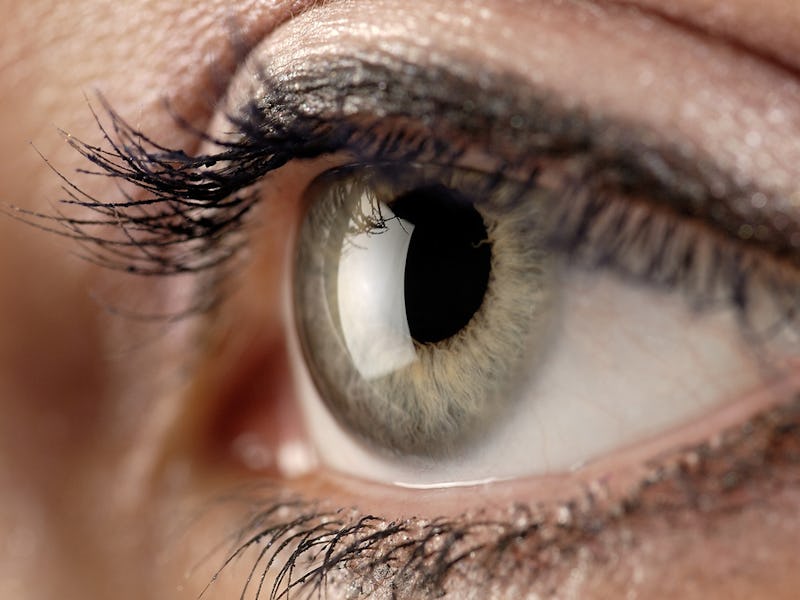Imagine a world without glasses and contacts, where you wouldn’t just be able to look out the window to see if your favorite coffee shop was open — you’d be able to look even further inside to see whether that cute barista was on the morning shift. Optometrist Garth Webb thinks he can make that happen with bionic lenses he claims make human eyes three times more powerful than 20/20. As he told CBC News, “If you can just barely see the clock at 10 feet, when you get the Bionic Lens you can see the clock at 30 feet away”.
According to the very Oscorp-ian website for his company, Ocumetics Technology Corp, the new bionic lens technology negates the need for driving glasses, reading glasses, progressive lenses, and all other contacts. That’s because his lenses, which are made from “inert biocompatible polymeric materials that do not cause adverse biophysical changes within the eye”, are implanted directly in your eye. He’s also presenting it as a safer alternative to laser surgery, which, because it involves burning off part of your cornea, comes with its share of risks.
There isn’t much information about how exactly Webb’s technology works, but the procedure is pretty much the same as that used for cataract surgery. The old lens is removed through a tiny incision, and the bionic lens, folded “like a taco”, is slipped in with saline solution. In ten seconds, the taco unfolds, and boom: perfect vision. The whole thing only takes eight minutes.
Seeing as cataracts, which affect over half of Americans over the age of 80, are most often caused by clouding of the lens associated with aging, these bionic lenses could do a lot for the elderly. But Webb sees this technology as becoming a revolutionary option for anyone with sight issues over the age of twenty-five, the age at which the eye is fully formed.
It almost sounds too good to be true, and Webb has his skeptics. The Daily Beast pointed out that bionic lenses are still a long way off from becoming a reality, seeing as they haven’t even gone through animal — let alone human — testing. Still, Webb presented his new technology to 14 top ophthalmologists the day before an annual gathering of the American Society of Cataract and Refractive Surgery converted some pros.
“I think this device is going to bring us closer to the holy grail of excellent vision at all ranges,” said Dr. Vincent DeLuise, a Yale University ophthalmologist, “ — distant, intermediate and near.”
Webb’s site predicts that approval in Canada and Europe will take about two years while FDA approval will take three. Another thing he predicts? That it’ll cost about $3,200 per eye. That’s a lot of coffees.
